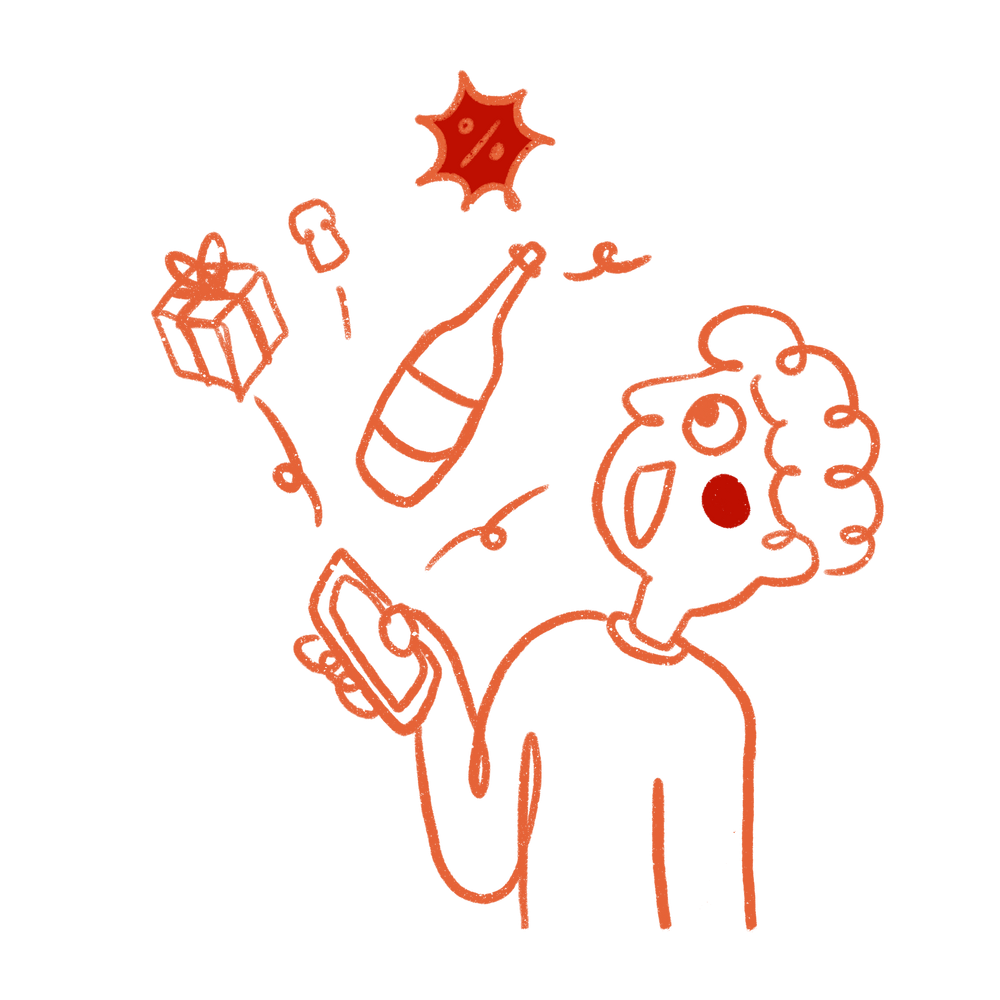Rancio in Wine: Understanding and Appreciating This Unique Taste
What is Rancio?
Rancio is an aromatic signature found in certain wines after long oxidative aging. In contact with air and wood, sugars and phenolic compounds transform to create powerful and distinctive aromas: walnuts, dried fruits, figs, coffee, curry, leather, sweet spices...
It's a true imprint of time, comparable to the patina of an old cognac or armagnac. We often speak of "rancio taste" to describe this unique sensory profile.
How Does Rancio Form in Wine?
- Slow oxidation: Aging in barrels or demijohns (the famous dames-jeannes) partially filled
- Natural conditions: Heat, temperature variations, evaporation (the angel's share)
- Long aging: Often several decades, enriching the wine with incomparable complexity
Dry Rancio vs. Sweet Rancio: What's the Difference?
Dry Rancio
Present in white or red wines that aren't fortified (Jura yellow wines, Oloroso Sherry, old Loire Chenins). Here, the dryness highlights notes of walnuts, curry, spices and dried fruits.
Sweet Rancio
Signature of Roussillon's Sweet Wines (Maury, Banyuls, Rivesaltes). Fortified with alcohol then aged extensively, they reveal a more velvety rancio, blending candied fruits, cocoa, figs and caramel.
These two expressions demonstrate that rancio is not a flaw but an aromatic richness sought by connoisseurs.
Famous Great Wines Marked by Rancio
Rancio is found in several traditions:
- Madeira (Portugal): Intense aromas of walnuts, coffee, caramel
- Sherry (Spain): Oloroso and Palo Cortado with notes of leather and dried fruits
- Jura Yellow Wines (France): Curry, walnuts, honey, spices
- Roussillon Sweet Wines (Maury, Banyuls, Rivesaltes): Ambassadors of sweet rancio, often aged for several decades
Charentais Rancio: Signature of Cognacs and Pineaux
We often speak of "Charentais rancio" in the Cognac world. These aromas appear after 20 to 30 years of aging, when oxidation and oak sculpt the eau-de-vie in depth.
Typical notes: Walnuts, leather, truffle, figs, cocoa, oriental spices
Pineau des Charentes, in its very old versions, can also offer a gourmet rancio around candied orange, caramel and walnuts.
A fascinating sensory bridge between oxidative wines and Charentais spirits.
Which Grape Varieties Lend Themselves to Rancio?
Certain grape varieties more naturally develop rancio aromas:
- Grenache (noir, blanc, gris) for Sweet Wines
- Savagnin for Jura yellow wines
- Chenin Blanc in Loire
- Palomino for Sherry
- Madeira grapes (Sercial, Verdelho, Boal, Malvasia)
Food and Wine Pairings with Rancio
A wine marked by rancio pairs ideally with:
- Dark chocolate (fondants, orangettes, mousse)
- Blue cheeses (Roquefort, Stilton, Gorgonzola)
- Caramelized desserts (walnut tart, crème brûlée, roasted figs)
- Mediterranean dishes (tajines with dried fruits, pastilla, game in sauce)
Rancio in Cooking
Rancio doesn't only appear in the glass: it also inspires chefs.
In Sauces
A splash of rancio wine in a reduction elevates a meat jus or foie gras sauce.
In Pastry
Integrated into a sabayon, dried fruit cake or crème brûlée, it brings notes of walnuts and caramel.
In Fusion Pairings
Some chefs associate rancio with Asian cuisines, particularly in dishes enhanced with soy, miso or sweet spices.
Rancio-Aged Cheeses
In Roussillon, it's not uncommon to find sheep cheeses aged in humid cellars that echo the rancio aromas of local wines.
Used sparingly, rancio becomes a culinary ingredient as much as a tasting note, capable of transforming a dish into a sensory experience.
Rancio and Our Collection of Vintage Sweet Wines
Roussillon's Sweet Wines offer perhaps the most spectacular expression of sweet rancio. Aged for decades in barrels or demijohns, they reach an unparalleled level of refinement.
Our collection of rare vintages selected by Bruno Cazes perfectly illustrates this magic: each bottle is a fragment of history to taste, with noble and complex rancio aromas.






